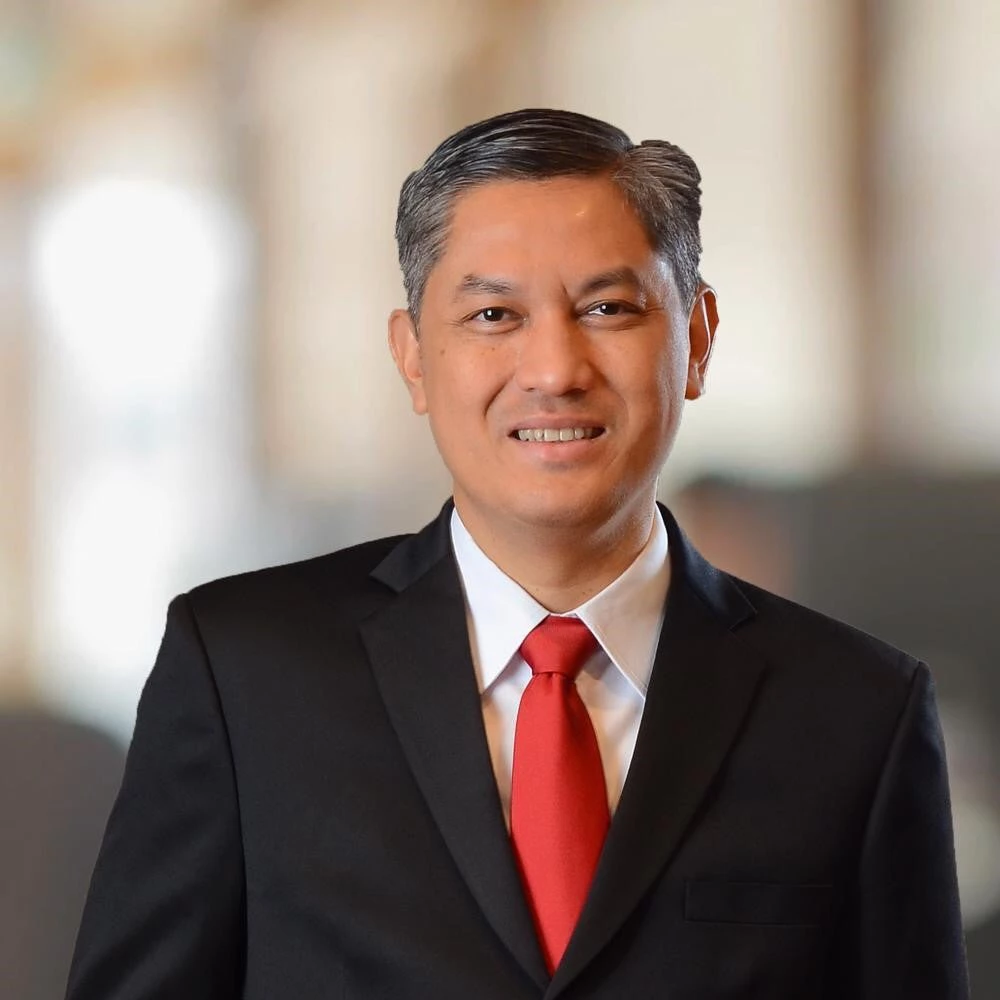- Countries can respond to natural disasters better and assist victims faster if social protection systems are in place
- Social protection systems have a role in addressing the human side of disaster and climate risks.
- Global collaboration on mitigating disaster and climate risk through social protection systems facilitates solutions
Together with government counterparts and donor partners, they extracted lessons and came out with a compelling message: countries can respond to natural disasters better and assist victims faster if robust social protection systems are in place.
One case in point was the story from the Philippines.
[[avp asset="/content/dam/videos/eap/2018/jun-2/what_typhoon_haiyan_yolanda_taught_us_hd.flv"]]/content/dam/videos/eap/2018/jun-2/what_typhoon_haiyan_yolanda_taught_us_hd.flv[[/avp]]-->
We spoke with Philippine Secretary of Social Welfare and Development Corazon “Dinky” Soliman and she said, “In the first critical days after the disaster, it was the network of implementers of our Pantawid Conditional Cash Transfer Program and the leadership in municipalities that we were able to mobilize. The database of the National Household Targeting System for Poverty Reduction helped us in identifying families that could be enrolled for various rehabilitation programs, such as the cash-for-work and cash-for-asset rebuilding.”
Countries in Asia and the Pacific regions are amongst the most prone to disaster and climate risks - and these natural calamities have devastating impact on lives and livelihoods, especially for the poorest and the most vulnerable.
This week, the Government of the Philippines and the World Bank Group hosted the first ever global forum to capture this very lesson on how countries could better respond to natural disasters through robust social protection systems. The event, supported by the Global Facility for Disaster Reduction and Recovery (GFDRR) and the Rapid Social Response (RSR) Trust Fund, brought together experts and policy makers from 17 countries in Africa, Latin America, Asia and the Pacific regions. Social protection systems have a big role to play in addressing the human side of disaster and climate risks. Having them in place before disaster strikes is critical to addressing livelihood losses with disaster.
In the case of the Philippines, established social protection programs can serve as a platform to quickly deliver assistance to the affected and vulnerable. Moreover, good practice has shown that programs that are built so that they can scale-up quickly after a disaster, such as in Ethiopia, hold great promise. There is also scope to design adaptive social protection systems that not only adapt to the onset of disasters but can also help communities to adapt to the onset of climate change. Moreover, new disaster risk financing approaches can play a key role in scaling up such social protection programs after disasters.
Heidi’s life might be far from perfect, but the fact that she had immediate access to assistance made a difference for her and her family. For us, this initiative is a testament of how the new World Bank Group should work: through the power of collaboration. Breaking down the silos and harnessing the brain trust across the various practices within the World Bank Group is a beautiful thing.
We spoke with Philippine Secretary of Social Welfare and Development Corazon “Dinky” Soliman and she said, “In the first critical days after the disaster, it was the network of implementers of our Pantawid Conditional Cash Transfer Program and the leadership in municipalities that we were able to mobilize. The database of the National Household Targeting System for Poverty Reduction helped us in identifying families that could be enrolled for various rehabilitation programs, such as the cash-for-work and cash-for-asset rebuilding.”
Countries in Asia and the Pacific regions are amongst the most prone to disaster and climate risks - and these natural calamities have devastating impact on lives and livelihoods, especially for the poorest and the most vulnerable.
This week, the Government of the Philippines and the World Bank Group hosted the first ever global forum to capture this very lesson on how countries could better respond to natural disasters through robust social protection systems. The event, supported by the Global Facility for Disaster Reduction and Recovery (GFDRR) and the Rapid Social Response (RSR) Trust Fund, brought together experts and policy makers from 17 countries in Africa, Latin America, Asia and the Pacific regions. Social protection systems have a big role to play in addressing the human side of disaster and climate risks. Having them in place before disaster strikes is critical to addressing livelihood losses with disaster.
In the case of the Philippines, established social protection programs can serve as a platform to quickly deliver assistance to the affected and vulnerable. Moreover, good practice has shown that programs that are built so that they can scale-up quickly after a disaster, such as in Ethiopia, hold great promise. There is also scope to design adaptive social protection systems that not only adapt to the onset of disasters but can also help communities to adapt to the onset of climate change. Moreover, new disaster risk financing approaches can play a key role in scaling up such social protection programs after disasters.
Heidi’s life might be far from perfect, but the fact that she had immediate access to assistance made a difference for her and her family. For us, this initiative is a testament of how the new World Bank Group should work: through the power of collaboration. Breaking down the silos and harnessing the brain trust across the various practices within the World Bank Group is a beautiful thing.


Join the Conversation